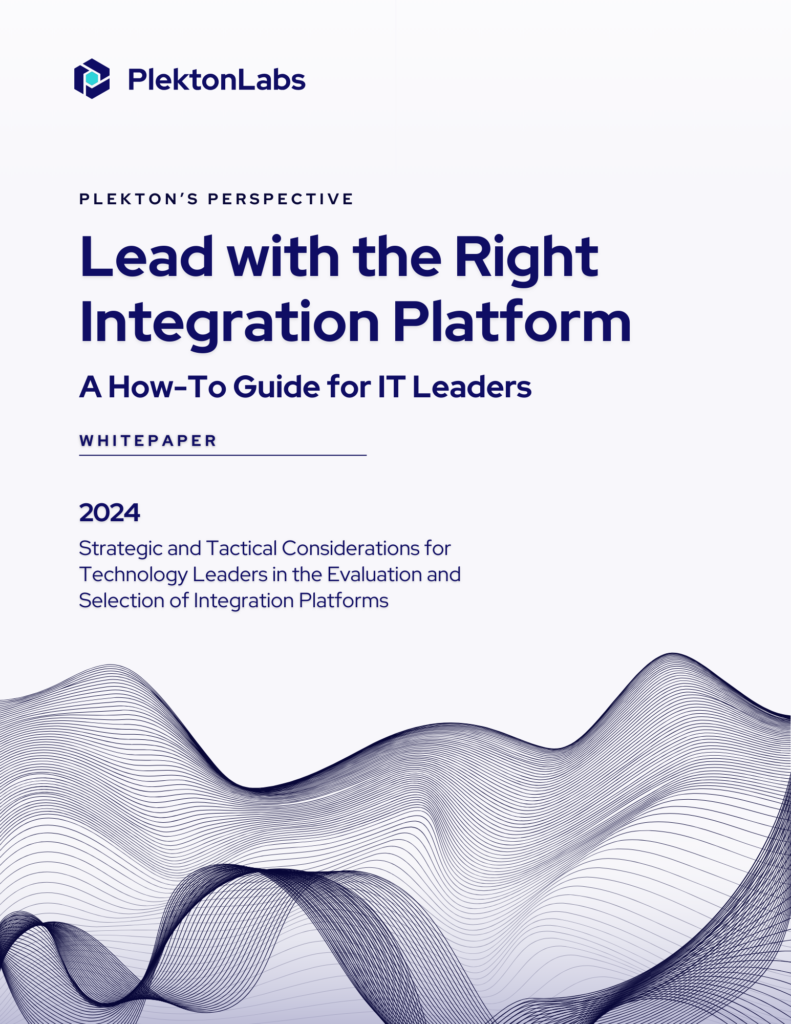Whenever digital transformation in an organization is assumed, people automatically assume either integration or artificial intelligence (AI) is involved. While integration has the reputation of being easy-going and relatively straightforward, AI is a whole other ball game. AI is notoriously tricky but more and more businesses are venturing outward, leveraging AI for more efficient processes.
This leads to a kind of meeting of technologies, as in recent times, companies are looking for ways to use integration and AI together to deliver greater value. At the same time, it is the best way to elevate an ordinary organization to a smart enterprise.
This article will take a look at how the two can work together for faster, smoother, and more secure business practices.
AI and Digital Transformation
At the end of the day, digital transformation is all about deriving greater value from innovations in technology. Incorporating Artificial Intelligence (AI) and Machine Learning (ML) into different business strategies is perhaps the biggest way in which these concepts were paired with digital transformation.
Artificial intelligence has already been used in corporations across various industries. And the reason why AI is widely accepted has to deal with the fact that AIs increase productivity multiple folds by streamlining key processes. With a solid AI-inclusive digital transformation strategy and data, technology stakeholders unlock the ultimate level of efficiency within the organizations and get closer to being the ideal data-driven company.
Why Integration and Artificial Intelligence Are More Compatible Than You Thought
API-led connectivity is already a norm in most businesses’ IT infrastructure. This makes AI an almost natural progression for most companies. But whether or not these companies are successful in implementing them truly depends on the container it is deployed into.
Since AI’s job is to open up the roads to better decisions with precise data analysis, the accuracy of the analysis will be directly proportional to the data flow in and out of the container. In other words, the better and more reliable the integration around the container is, the more accurate and precise the AI dividends are.
This brings us to API-led AI; a simplified, consistent way of analyzing AI. The aim here is to create reusable building blocks that IT can deploy across an organization. With an API-led AI approach, we can create the features that are going to be used over and over again by different systems within the organization and follow it up with an AI system implementation for that specific group. Only then we can distribute the common features pack with AI implementation to different systems engineers to build on from.
Over the years we have learned how important data and API security has become. With the increased number of attacks, there has been an increased number of organizations leveraging AI capabilities to restrict the manipulation of APIs. We’re not too far away from AIs detecting abnormal activities and saving organizations’ valuable data from malefactors.
Data simplifying is the bread and butter of AIs and they do it so efficiently that we’re seeing organizations replacing their current data streamlining process with AIs that automate and make developers’ lives easier. Thus, the more recent years will see a rising demand for AI-powered tools that simplify the delivery of integrated services vital to serverless apps and microservices that increase developer efficiency and productivity.
Wrapping Up
As this article shows, artificial intelligence and integration can be used to derive greater value from data. Besides identifying certain bits of data and integrating them through API-led AI, businesses can simplify and streamline countless processes and operations, saving IT overhead in the long run. And this, in essence, will bolster digital transformation efforts much more quickly.





